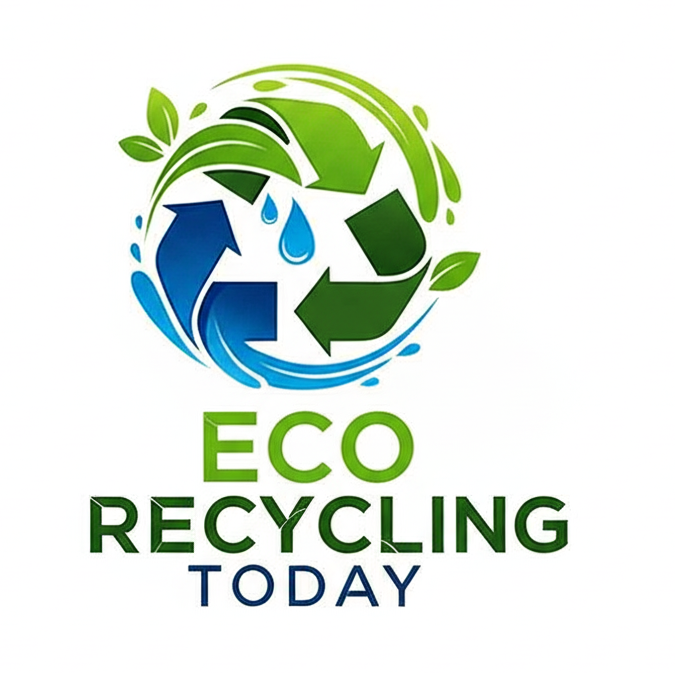As environmental concerns grow, recycled PET (rPET) packaging has emerged as a popular solution for brands aiming to reduce waste and enhance sustainability. PET, or polyethylene terephthalate, is lightweight, durable, and recyclable. Using recycled PET helps reduce plastic waste while maintaining high performance and versatility for various industries.
Applications in the Food Industry
Food and beverage brands are increasingly turning to rPET packaging for:
- Bottled beverages: water, juice, and soft drinks
- Food containers: ready-to-eat meals, salad bowls, and deli packaging
- Snack packaging: chips, nuts, and confectionery
Benefits:
- Food-safe and compliant with health standards
- Lightweight, reducing transportation emissions
- Fully recyclable, supporting circular economy goals
rPET packaging allows companies to maintain quality and freshness while demonstrating environmental responsibility — a factor increasingly valued by consumers.
Applications in the Beauty Industry
The beauty and personal care sector is embracing rPET for:
- Shampoo and conditioner bottles
- Skincare containers (creams, serums, lotions)
- Cosmetic jars and tubes
Benefits:
- Smooth surface and clarity suitable for premium branding
- Durable and lightweight for shipping efficiency
- Supports eco-conscious brand image, appealing to green-minded consumers
Many beauty brands now market rPET packaging as a key sustainability feature, enhancing customer loyalty and meeting corporate responsibility goals.
Applications in Retail Packaging
Retail packaging is another area where rPET is gaining traction:
- Reusable shopping containers
- Clamshells for electronics or accessories
- Gift boxes and display packaging
Benefits:
- Offers transparency and sturdiness for product visibility
- Reduces reliance on virgin plastics
- Versatile for customization, printing, and branding
Retailers adopting rPET packaging benefit from lower environmental impact and positive brand perception.
Why Brands Choose Recycled PET
- Environmental impact reduction: Lower carbon footprint and plastic waste
- Consumer appeal: Eco-friendly packaging resonates with modern shoppers
- Cost efficiency: Recycling PET is often more affordable than producing virgin materials
- Regulatory compliance: Supports policies promoting sustainable packaging
By using rPET, brands can achieve both sustainability goals and market differentiation, making it a strategic choice across industries.
Recycled PET packaging is transforming how food, beauty, and retail products are presented and perceived. It offers durability, clarity, and eco-friendly advantages, allowing brands to reduce waste, meet consumer expectations, and demonstrate corporate responsibility.
FAQ
1. What is recycled PET (rPET) packaging?
Recycled PET, or rPET, is made from post-consumer or post-industrial PET plastics that are cleaned, processed, and reformed into new packaging. It’s lightweight, durable, and fully recyclable.
2. Is rPET safe for food and beverage packaging?
Yes. rPET used in food and beverage packaging complies with strict health and safety regulations, ensuring it is safe for storing consumable products.
3. How does rPET benefit the environment?
Using rPET reduces the demand for virgin plastics, lowers carbon emissions, and decreases landfill waste. It supports a circular economy by keeping PET materials in use longer.
4. Can beauty products be packaged with recycled PET?
Absolutely. Many skincare, haircare, and cosmetic brands use rPET bottles, jars, and tubes. It offers durability, clarity, and a premium look while being eco-friendly.
5. How can retailers use rPET packaging effectively?
Retailers can use rPET for clamshells, gift boxes, and display packaging. It provides sturdy, transparent packaging while showcasing the brand’s sustainability efforts.
